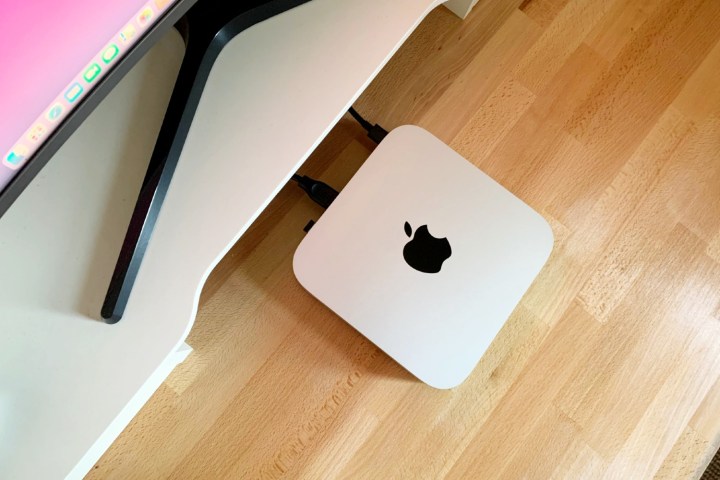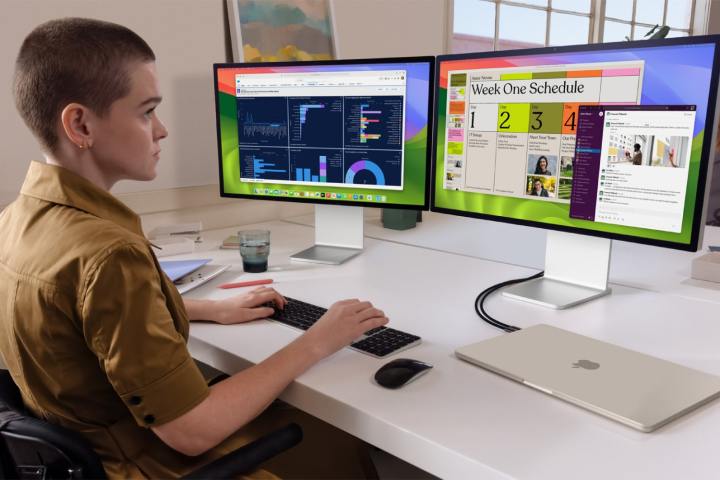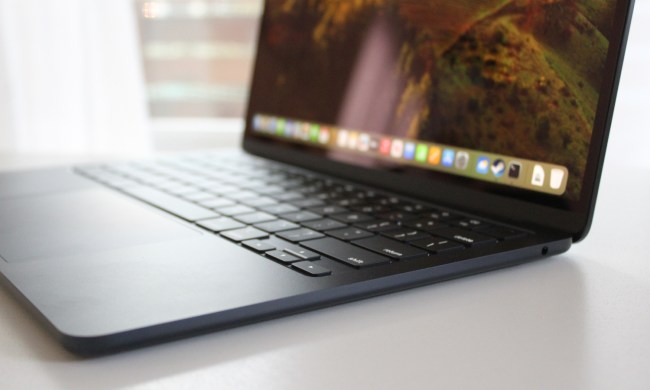
Apple’s MacBook Air is an incredibly popular device, and it’s our pick for the best MacBook you can buy. But there’s a strong case to be made for passing over it and buying a Mac mini instead. Apple’s desktop computer is cheaper, supports more displays and ports, and is better for your posture. Those reasons could be enough to sway the balance in its favor.
If you’re on the fence, give this guide a read to see if it helps you make up your mind. Here, we’ll show you four of the most compelling reasons to buy a Mac mini instead of a MacBook Air.
It’s much cheaper

The MacBook Air is Apple’s most affordable laptop. Starting at $999 for the M2 model or $1,099 for the M3 version, it’s a tremendously good deal considering what you get. But the Mac mini blows all of that out of the water.
The latest version of the Mac mini starts at just $599, saving you either $300 or $400 against the MacBook Air. That’s serious savings.
Sure, the Mac mini doesn’t come with a display, mouse, or keyboard, but you can potentially get all of those for less than the $300 or $400 you’ll make back by not buying a MacBook Air.
The only mark against the Mac mini is that it doesn’t have an option with Apple’s M3 chip, which goes some way to explaining the price difference. But the M2 is still a solid chip, and if you’re not fussed about the M3, the Mac mini is a great choice.
It supports more external displays

One of the MacBook Air’s key weaknesses has always been its limited support for external displays, and that is still a problem today. It’s an area where the Mac mini clearly pulls ahead.
The MacBook Air with M2 chip will only work with one external display at up to 6K resolution and 60Hz refresh rate. The M3 MacBook Air is better, but not by much — it supports the same single 6K display, plus a 5K display at 60Hz refresh rate if you close the MacBook Air’s display.
The Mac mini, in contrast, offers a little more. Go with the M2 Pro Mac mini, for instance, and you’ll get support for up to three external displays. The exact arrangement varies: two 6K at 60Hz and one 4K at 60Hz; one 6K at 60Hz and one 4K at 144Hz; one 8K at 60Hz; or one
Even the entry-level M2 Mac mini works with more external displays than the M2 MacBook Air. Here, the M2 Mac mini supports up to two displays (one at 6K and 60Hz and either one at 5K and 60Hz over Thunderbolt or one at 4K at 60Hz over HDMI). That’s not quite as strong as the M3 MacBook Air’s display support, but remember that you’ll pay significantly less for the Mac mini.
You get way more ports

Much of the Mac mini’s extensive external display support comes down to its port selection, and this is another area where the desktop Mac offers a better package than the MacBook Air.
The MacBook Air has long been limited to USB-C ports, and even when the MacBook Pro brought more port variety back to the table, the MacBook Air continued to miss out. Whether you go for the M2 or M3 model, you’ll get two Thunderbolt/USB 4 slots, with a MagSafe connector and a 3.5mm headphone jack rounding it out.
That’s nothing compared to the Mac mini. Here, you’ll get either two or four Thunderbolt 4 ports (depending on if you buy the M2 or M2 Pro model), two USB-A slots, an HDMI port, a Gigabit Ethernet connector (upgradeable to 10Gb Ethernet), plus a 3.5mm headphone jack. If you want to connect your peripherals without having to rely on a bunch of dongles, the Mac mini is the clear winner.
Bonus: It’s better for your posture

This last section is more of a bonus point to consider because it’s an indirect benefit of the Mac mini, but it’s still important: the Mac mini could be better for your posture.
Unlike the MacBook Air, the Mac mini doesn’t come with a built-in display, which means you need to source your own monitor. External displays give you a lot more control over the height and positioning of the screen, which means it’s a lot easier to get it to a comfortable height that ensures good posture and prevents ailments like back pain and sore necks.
With the MacBook Air, however, you can end up hunching over its screen and causing yourself all kinds of discomfort. Because it is angled down from your eyeline, arching your back is just part and parcel of using it. And that’s not good for your body.
I speak from experience here. Many years ago, I used a laptop every day, but stooping over it became so painful that I had to switch to a desktop with an external monitor. Ever since then my posture has improved and my back pain is a thing of the past.
Of course, you can hook your MacBook Air up with a separate display and avoid this problem, but many people won’t. The Mac mini forces you into better posture, which ultimately is better for you in the long term.
Which should you choose?

So, should you pick a Mac mini instead of a MacBook Air? A lot of the answer comes down to the way you intend to use the computer. If you want a lightweight, portable machine that you can take anywhere you go, the MacBook Air will always win. While the Mac mini itself is small and light, the need to carry around a monitor, mouse, and keyboard makes it much less practical.
But if that’s not a factor and you’re looking for a computer that you will use at home or in an office, the Mac mini might be the better bet. Its lower cost, better support for external displays, increased number of ports, and benefits for your posture all make it an excellent choice over the MacBook Air.



